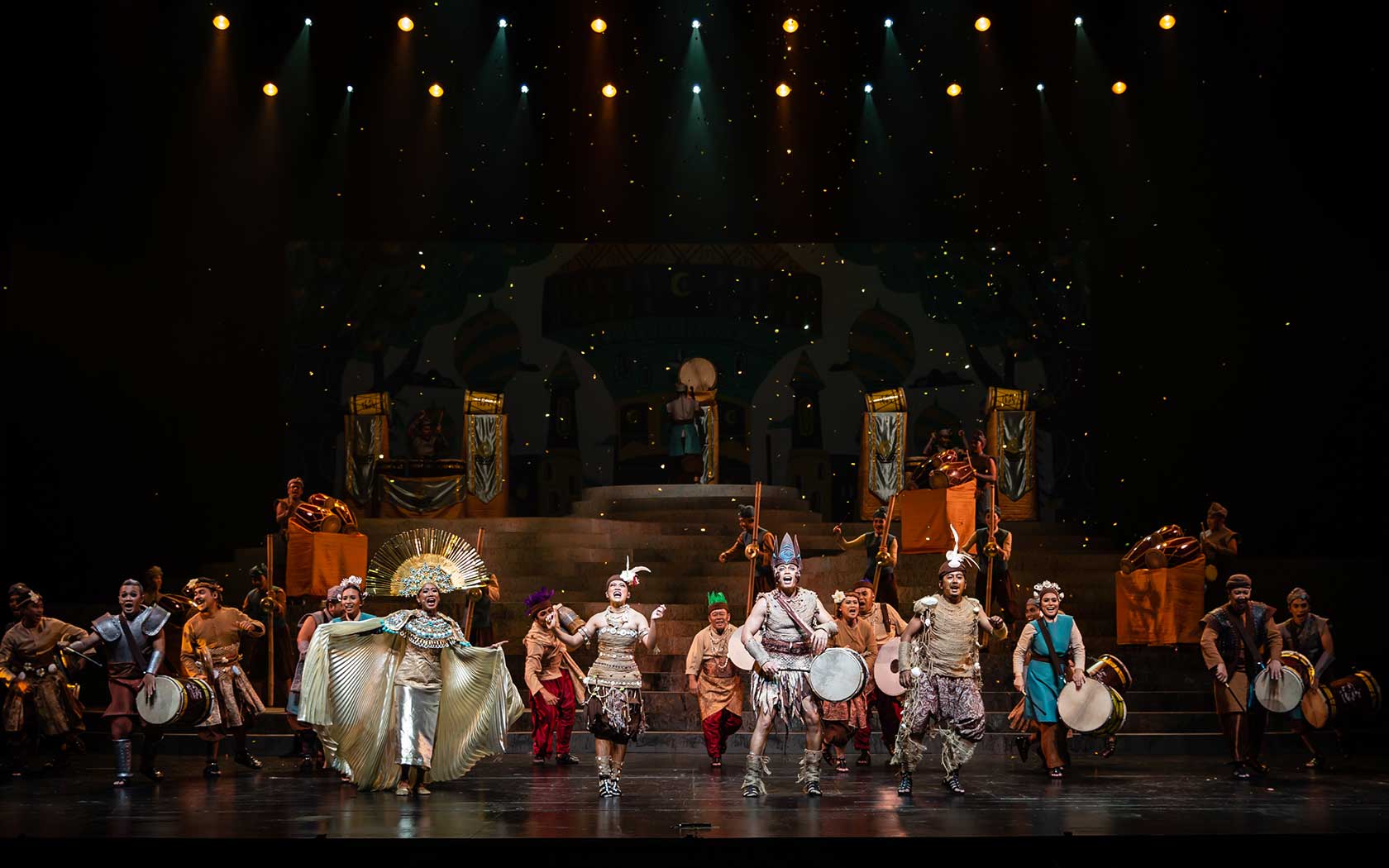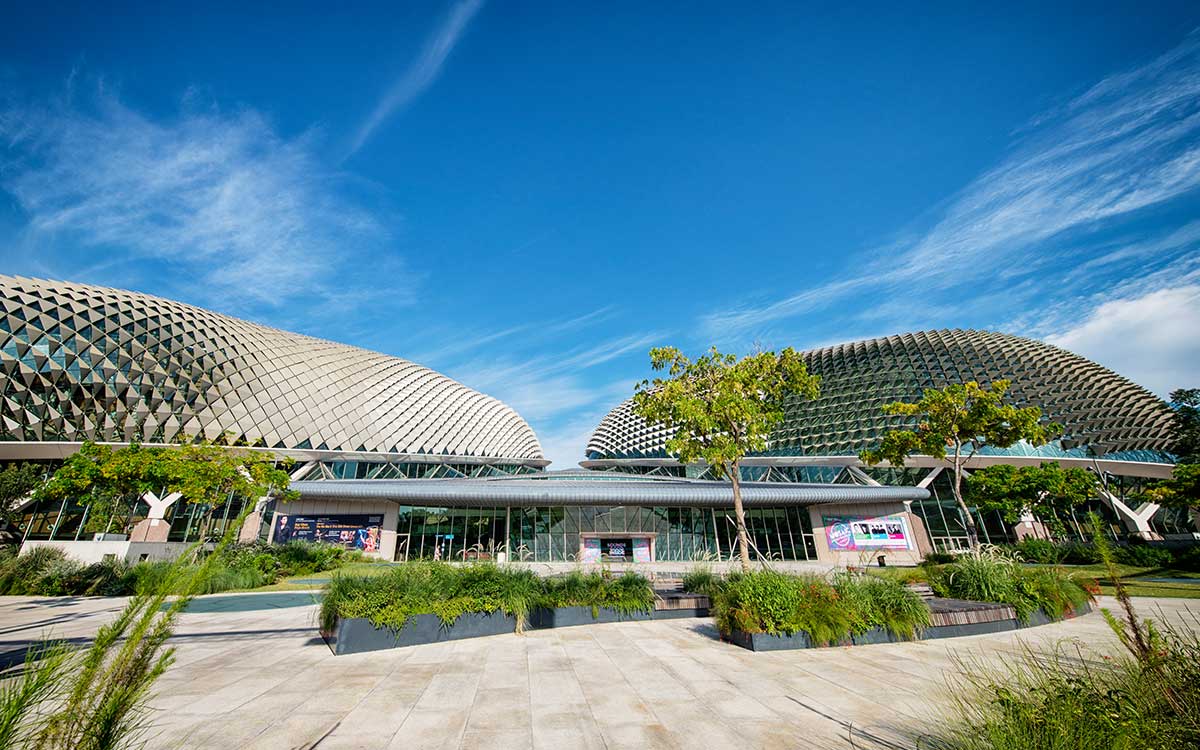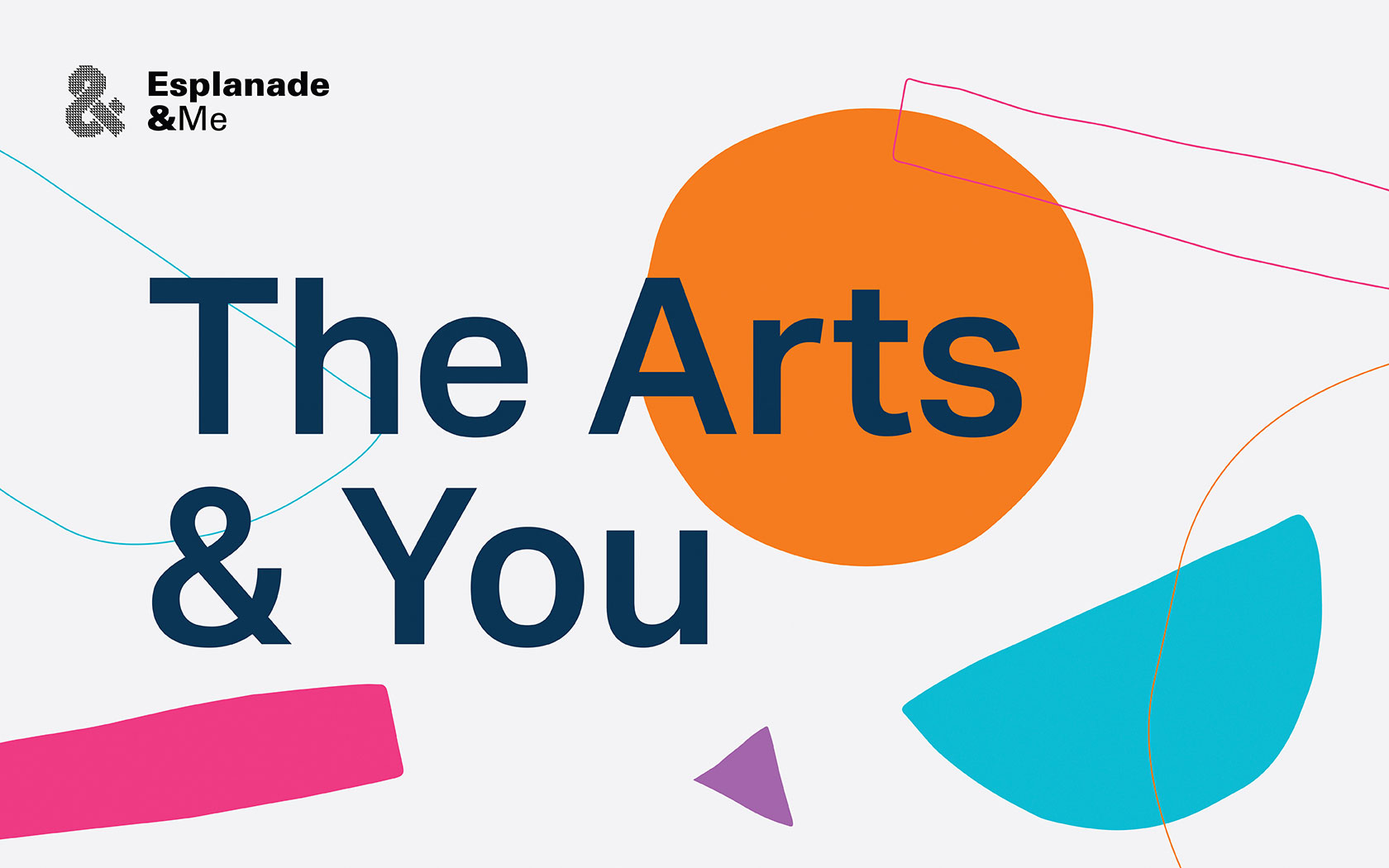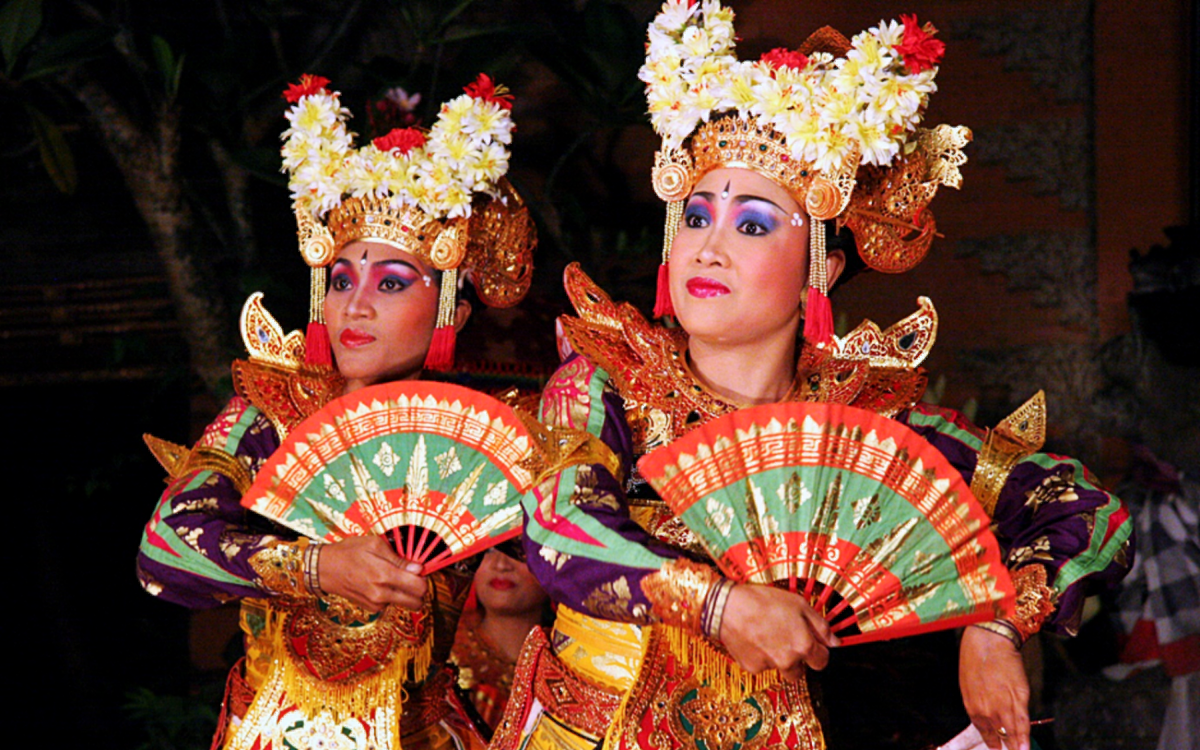Discover the rich culture of Asia’s traditional dances in the region with Rasas. This year, Rasas spotlights dance forms from two different regions of Indonesia—Bali and Aceh, presenting their diverse dance forms and cultural heritage.
Balinese dance culture incorporates ancient traditions with drama that tell stories through dance and music. There are various types of Balinese dance which are dynamic, angular and intensely expressive. The most common form of traditional music around Indonesia is gamelan, where instruments are used to create a unique sound that accompanies Balinese dance. Anangun Semara Santhi presents four dance forms from Bali, tari condong, baris tunggal, tari jauk manis and tari oleg tambulilingan.
Condong dance is a Balinese dance that is often performed as a prelude to legong and is accompanied by semar pegulingan, an older form of Balinese gamelan. This term also refers to fictional characters and classic representations of female servants, who are present in condong dances, such as the legong, gambuh, and arja dances.
Baris Tunggal dance is a dynamic dance form that is staged as folk entertainment. This dance is performed by one to two dancers and is characterised by the high-energy movements of the dancers as well as more colourful clothing.
Jauk Manis dance symbolises the figure of a king who is traveling and is characterised by a unique style of movement that is both authoritative and gentle.
Tari Oleg Tambulilingan
Oleg means ‘graceful movement’, while Tamulilingan means flower nectar sucking beetle. Thus, the Oleg Tamulilingan dance depicts the movements of a beetle, playing with a flower in a garden.









